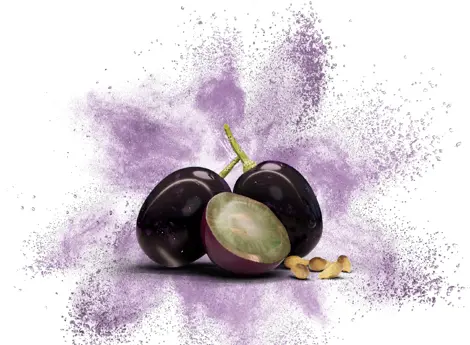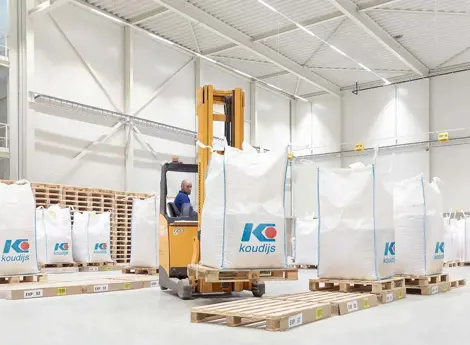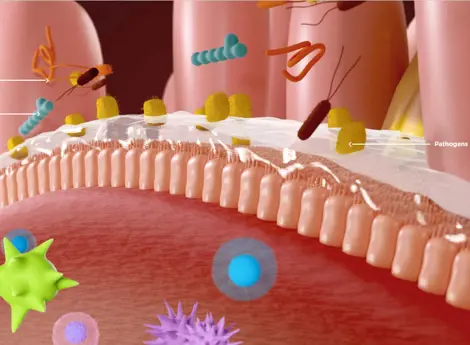Savings or Safety? A critical look at the use of phytase
Recently the price of monocalcium phosphate (MCP) has increased tremendously (double compared to last year). In fact, there is a risk that the industry might run out of MCP completely in Q2. Next to that, the prices of synthetic amino acids increased strongly and therefore it is worthwhile to have a critical look at the minimum requirements of digestible phosphorous in your poultry and swine feeds and the source and level of phytase. In this article, we focus on the potential savings in your feeds by checking the source and level of phytase.

Different sources and levels of phytase in feeds
Many suppliers of phytase use different units to express the efficacy of their products. This complicates the exercise to compare different products. On top of this, it can be that one product is very efficacious at low levels, but other phytase sources are more efficacious at high levels. Basically, this means that the ranking of phytases (= the value) on efficacy is different at 250 units/kg compared to levels at 1500 units/kg. To be able to optimize feeds properly at Koudijs we have developed our own matrix values for different sources at different levels. In our newsletter from June 2020, you can find a lot more information on how we test the efficacy of different phytase sources at different levels.
Potential savings
In this example, we only took the phytase matrix values of digestible phosphorous and amino acids into account. We calculated with 2 different phytase sources at 2 different levels of standardized phytase units. In this example Phytase source A at 750 sFU is taken as the standard, all values are relative to this, see table 1.

From this table, it is clear that considerable savings can be made by switching from one phytase supplier to another (comparison 750 vs 750). It is also clear that increasing the phytase level leads to a considerable additional saving.
Can you maximize the phytase levels just like that?
No, that is not possible! You have to know what you are doing. Below you find some considerations that we recommend to take into account.
- Assure there is sufficient inositol phosphate in the feed. When this is not the case there is no phosphorous to liberate and there will be an overestimation of the effect of phytase. This can happen for example in piglet feeds, feeds with a high level of animal byproducts, or feeds with a low level of crude protein. We recommend the following maximum standard levels for broilers, piglets, and pigs at 1500 sFU; for sows 1000 sFU/kg and layers max 600 sFU/kg. In specific situations it can be useful to go to higher levels.
- What are the safety margins in the feed? When the minimum of digestible P in feed is set way above our minimum recommendation it is also safer to use high phytase levels. When feed is calculated on minimum recommendation levels, it is important to take variation in raw materials, dosing accuracy, and production process into account as well.
- Often it is recommendable, from a safety point of view, to keep some anorganic phosphate (like MCP) in the feed (fast and available). Think about levels of 1,0 – 1,5kg/ton as a minimum. By doing so, it can be that the digestible phosphorous requirement is already met at a lower phytase level. When this happens increasing the phytase level further is not cost beneficial.
Conclusion
It can be very worthwhile, with the current prices for monocalciumphosphate and synthetic amino acids to have a critical look at digestible phosphorous levels in the feed, source of phytase, and inclusion level. At Koudijs we know very well how to compare one with another. We are more than happy to work with you to see what savings in poultry and/or swine feeds you can make!




